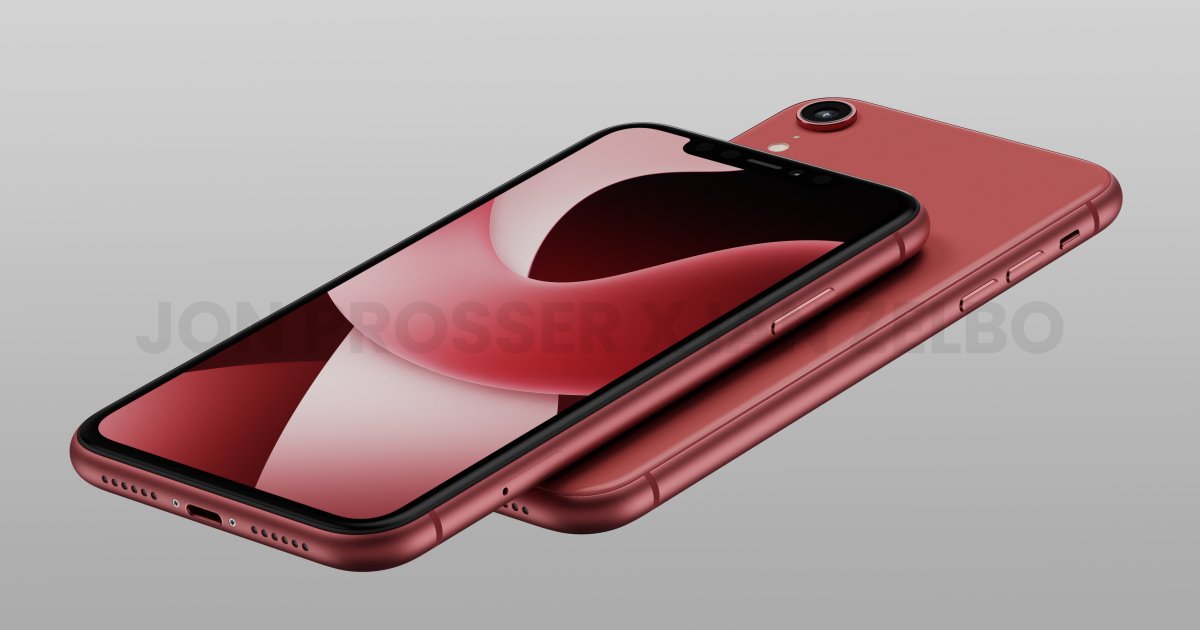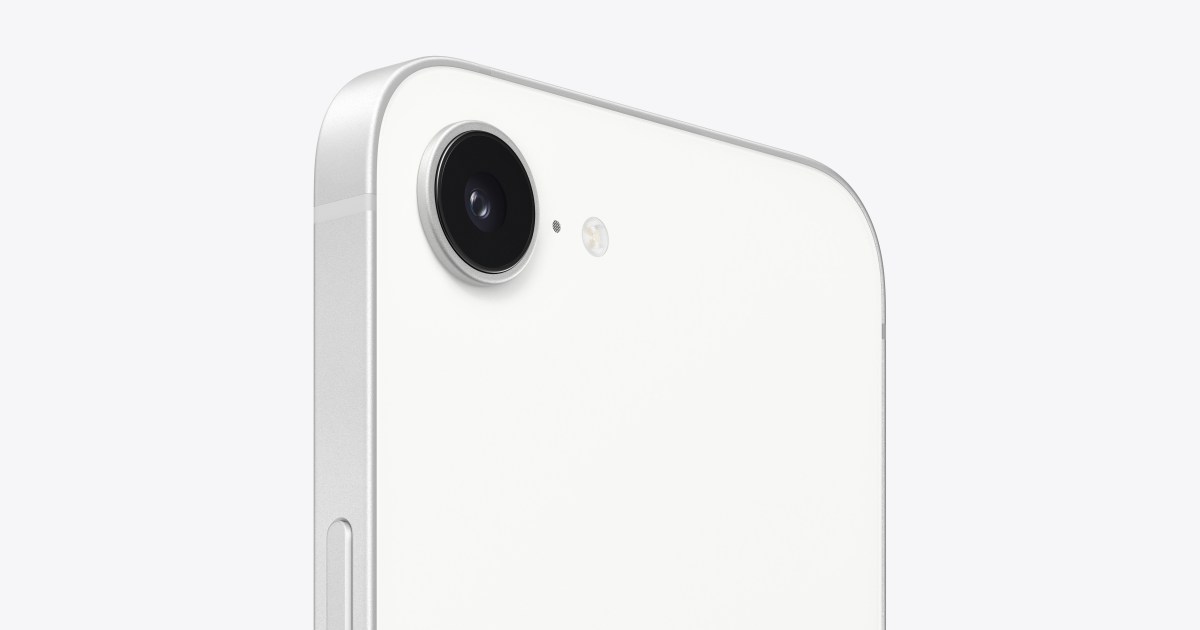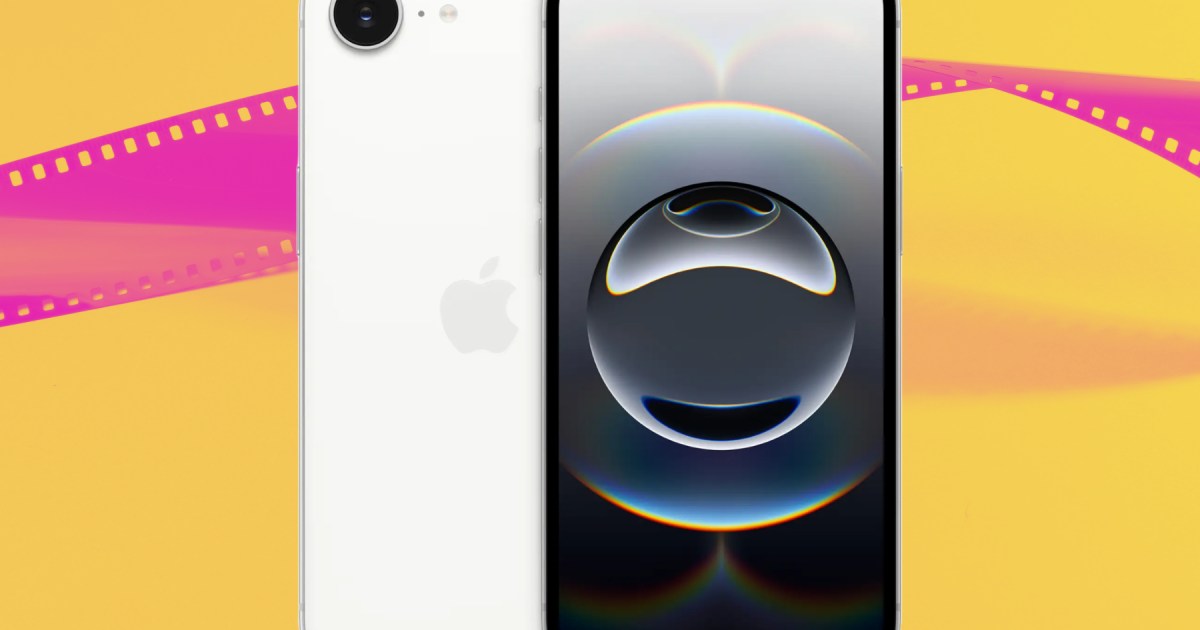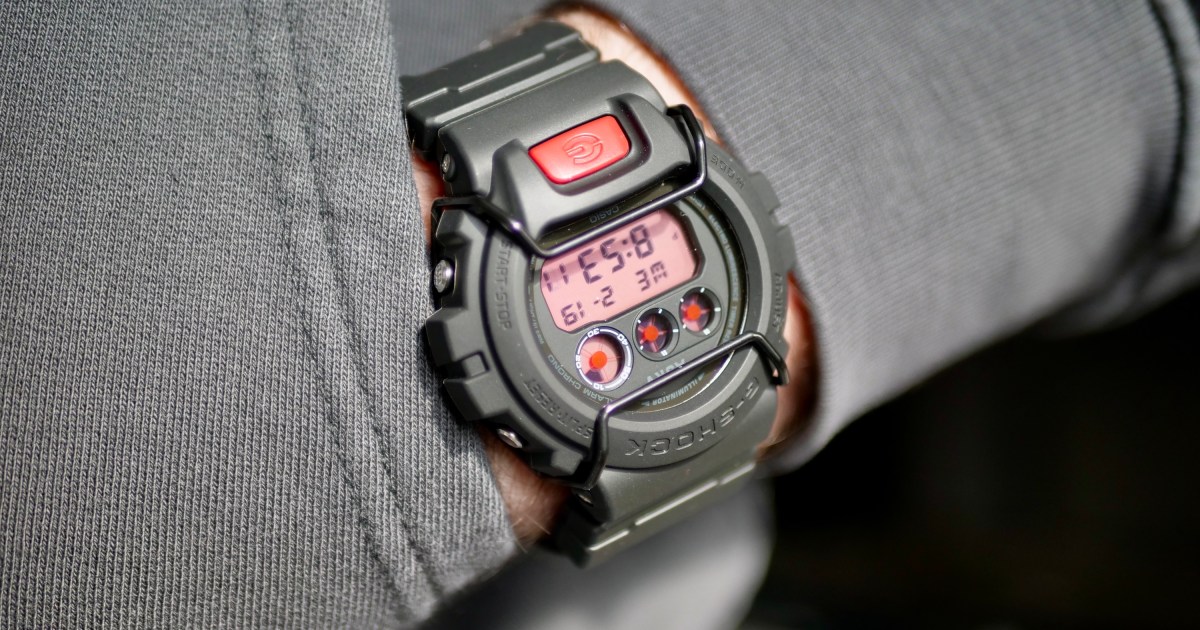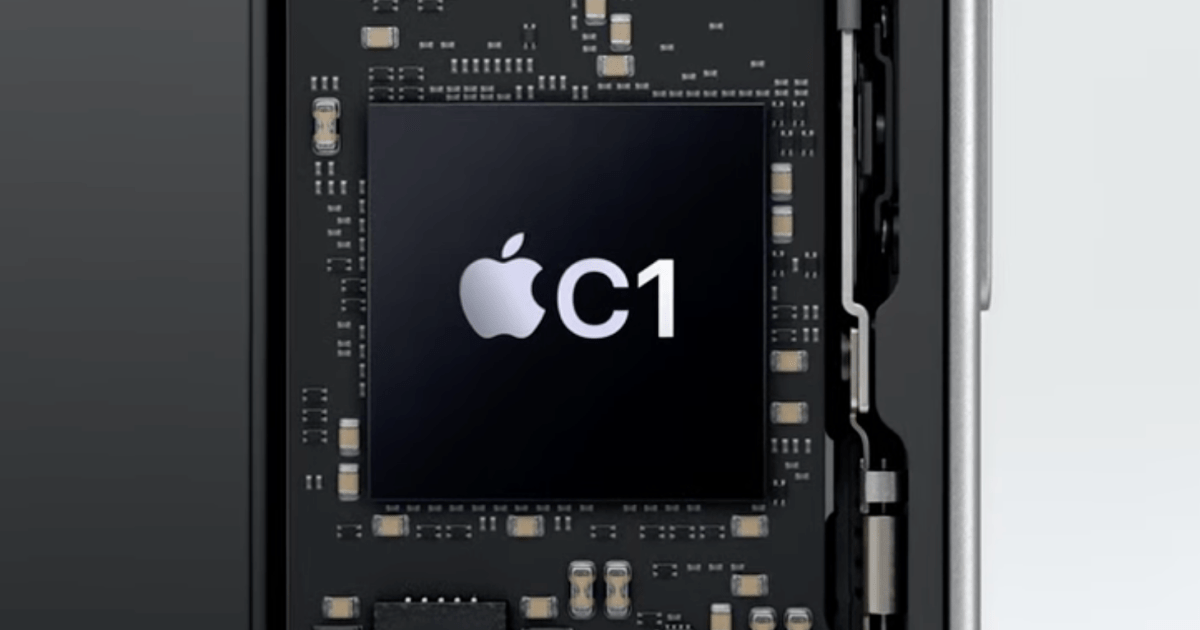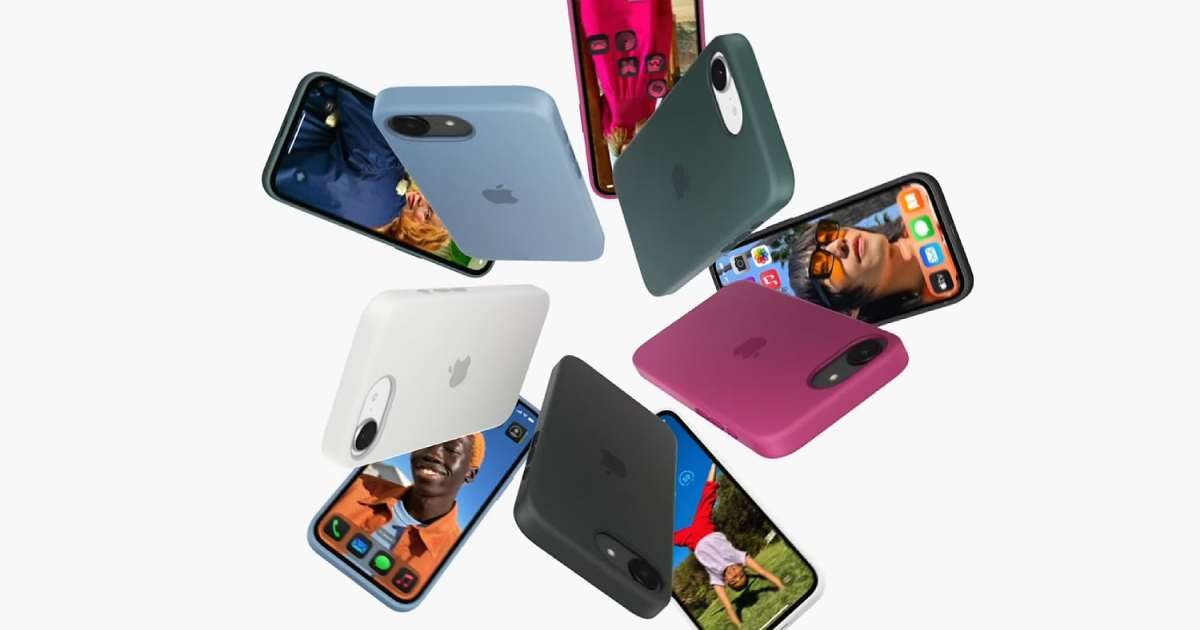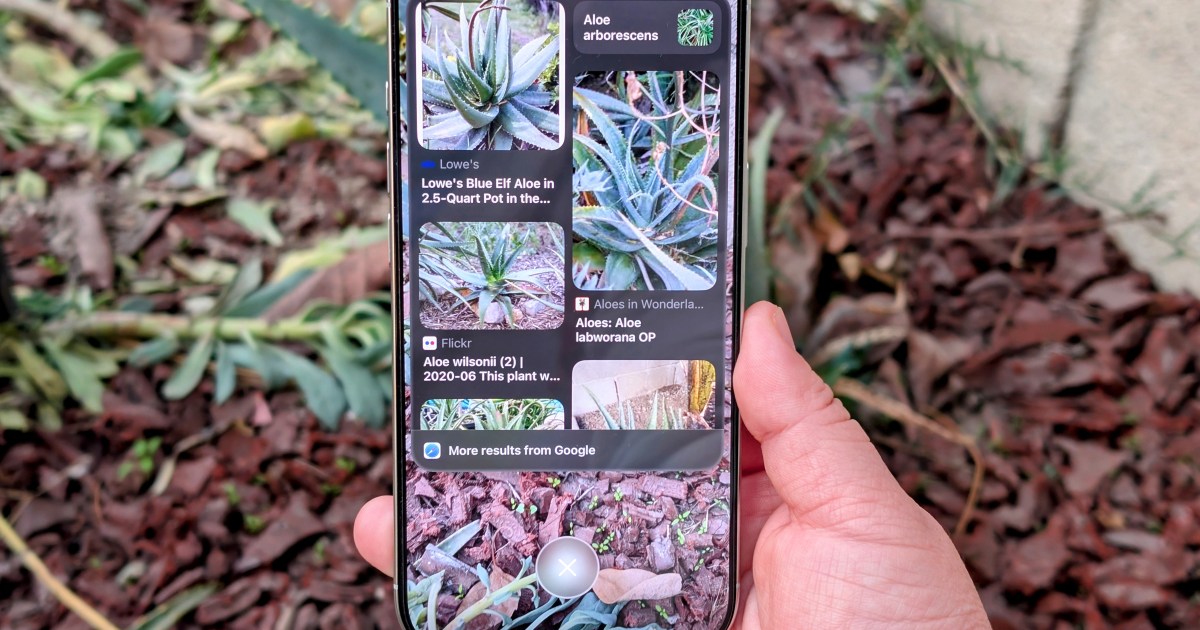Apple’s more budget-friendly iPhones, while offering excellent value, often come with certain compromises. The iPhone 16e, the latest iteration of the affordable SE series, continues this trend. Following its predecessor, the iPhone SE 3, the iPhone 16e maintains a 60Hz display, forgoing the higher refresh rates found in the premium iPhone 16 Pro models. This article explores the iPhone 16e’s refresh rate and the benefits of the increasingly popular 120Hz displays.
Apple has made significant advancements with the iPhone 16e, incorporating features like enhanced AI capabilities and advanced face recognition. However, the anticipated upgrade to a higher refresh rate display remains absent. This isn’t entirely surprising, as even the standard iPhone 16 and 16 Plus retain the 60Hz standard. The 120Hz ProMotion technology remains exclusive to the higher-tier iPhone 16 Pro and Pro Max.
Does the iPhone 16e Have a 120Hz Refresh Rate?
No, the iPhone 16e does not feature a 120Hz refresh rate. Apple officially confirmed the 60Hz display during its launch event, consistent with its current approach for non-Pro iPhones. This aligns with the iPhone 16 and iPhone 16 Plus, which also feature 60Hz displays. The iPhone SE 3, the iPhone 16e’s predecessor, also had a 60Hz refresh rate. While a higher refresh rate would have been a welcome addition, the 60Hz display is understandable considering the iPhone 16e’s affordability.
The Significance of a 120Hz Display
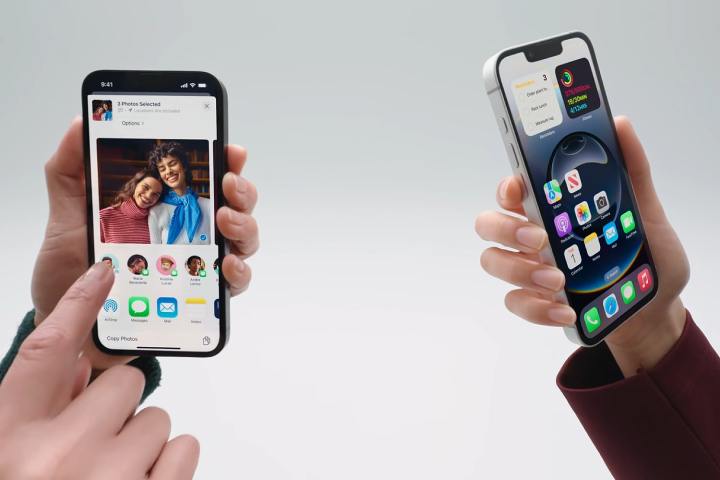 Two iPhone 16e models being held up.
Two iPhone 16e models being held up.
A 120Hz refresh rate significantly enhances the user experience by providing smoother scrolling, reduced motion blur, and improved responsiveness. This is especially noticeable when playing graphically intensive games, watching videos, or navigating through the user interface. A 120Hz display refreshes the image twice as fast as a 60Hz display, leading to a more fluid and seamless visual experience. The difference can be quite stark, with 60Hz displays appearing comparatively choppy.
60Hz vs. 120Hz: Is It a Deal Breaker for the iPhone 16e?
While a 120Hz display offers undeniable advantages, it’s worth noting that the 60Hz display on iPhones, even the standard iPhone 15, is still quite competent. Apple’s powerful processors contribute to a smooth and responsive experience, even with the lower refresh rate. Considering the iPhone 16e’s significantly lower price point compared to the Pro models, the 60Hz display is a reasonable trade-off. For users prioritizing affordability, the iPhone 16e still delivers a solid performance despite lacking the high refresh rate. Ultimately, the decision depends on individual preferences and budget constraints. The iPhone 16e’s value proposition remains strong, offering a compelling entry point into the Apple ecosystem.



